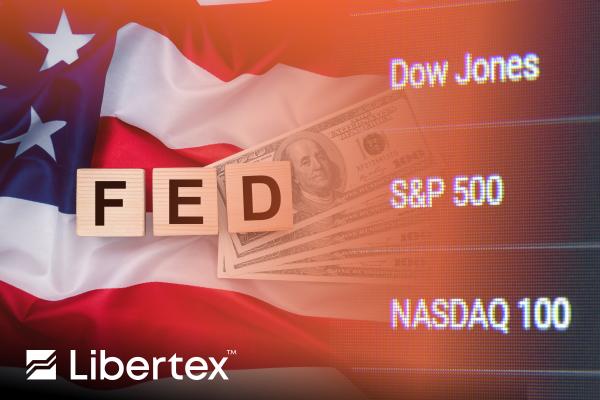For Americans — and, indeed, much of the West — the days of near-zero interest rates feel like a distant memory. The post-pandemic period led to precipitous hikes by many of the world's central banks, and we're now pushing on two solid years north of 5%. Despite the established doctrine, the high-rate environment has somewhat counter-intuitively seen the big two US indices, the S&P 500 and Nasdaq 100, gain close to 50% in value since June 2022. Inflation was brought largely under control, and even the job market held up surprisingly well to the higher cost of finance.
Now, however, things are changing, and the much-anticipated rate cut seems to be within touching distance at last. Indeed, many are suggesting Powell would have already cut earlier this month if he'd known how the big two macroeconomic reports, the CPI and non-farm payrolls, would turn out. But what has provoked the US Federal Reserve to finally shift to a more welcome monetary policy? And what will be the likely impact on equities in the US and beyond? Find out the answers to these questions and more in this article.
Waited and saw
The Fed's narrative throughout much of the past year and more has been that they're taking a "wait and see" approach to the wider macroeconomic indicators — chiefly inflation and the labour market — and only then will they consider rate cuts. Well, it now appears that the US regulator has seen enough. The first sign came with last week's non-farm payrolls, which showed just 114,000 jobs created in July, as unemployment rose to 4.3% from 4.1% in June. The weaker-than-expected jobs report led to a sharp sell-off on Wall Street, with the S&P 500 and Nasdaq 100 losing an average of 8% between 31 July and 4 August, most of which they have since regained on expectations of an impending rate cut.
What might prove the clincher came on 14 August, when the Consumer Price Index report showed year-over-year inflation had fallen to 2.9%. That was the first time the indicator had dropped below 3% since 2021. As BMO Capital's Scott Anderson noted, "This report shows continued progress towards the Fed's inflation goals." And while he agrees that "nothing in it would keep the Fed from cutting in September", he feels that the "market hopes for a bigger cut still seem like a long shot." For this reason, we should probably expect a 0.25% cut over a full 0.50%, but this is nonetheless a step in the right direction.
Support for stocks?
At least at first glance, it looks like the positive CPI report and less-than-impressive jobs numbers have convinced the markets that a rate cut is basically a foregone conclusion. Up until today, it's been four straight wins for the big two indices in what has been the Nasdaq and S&P 500's best five-day stretch since November 2023. The key indices have now gained 5.09% and 3.86%, respectively, over the past five trading days to regain virtually all their early August losses. Clearly, the fresh gains are at least in part due to a pricing-in of the impending Fed rate cut in September.
The question now is how much of a trim the market has preempted and how many basis points Powell will actually cut. If the FOMC does announce a 50 bps cut at its September meeting, this might well push stocks higher, but not if the markets had been expecting one anyway. If we only get a 25 bps drop, there might even be a sell-off on the markets. Bond traders currently indicate 47% odds that the funds rate will fall to a 4.50%-4.75% target range by the 18 December meeting, which implies three 0.25% cuts from current levels. However, the original consensus early in the year was that we would have "four or five" rate cuts by the end of 2024. With that now all but impossible, the fact that the market hasn't corrected significantly is a good sign of healthy "animal spirits" on Wall Street.
Trade stock CFDs with Libertex
Libertex provides CFDs on a wide range of underlying asset classes, spanning from forex, metals and crypto to ETFs, indices, and, of course, stocks. With Libertex, you can trade the big US indices, the Nasdaq 100, S&P 500, and Dow Jones Industrial Average, as well as a wide range of international ETFs and individual stocks. For more information, visit www.libertex.com/signup today and create an account of your own if you haven't already done so.


